SEAGRASS OCEAN RESCUE: DALE
SEAGRASS OCEAN RESCUE: DALE
In 2019, WWF and the Sky Ocean Rescue programme provided funding to Swansea University, Project Seagrass and Pembrokeshire Coastal Forum to undertake a pilot to expand seagrass restoration to a project scale of 2 hectares. In 2020, this pilot project was completed and we are now monitoring this site as well as exploring mechanisation in Dale.
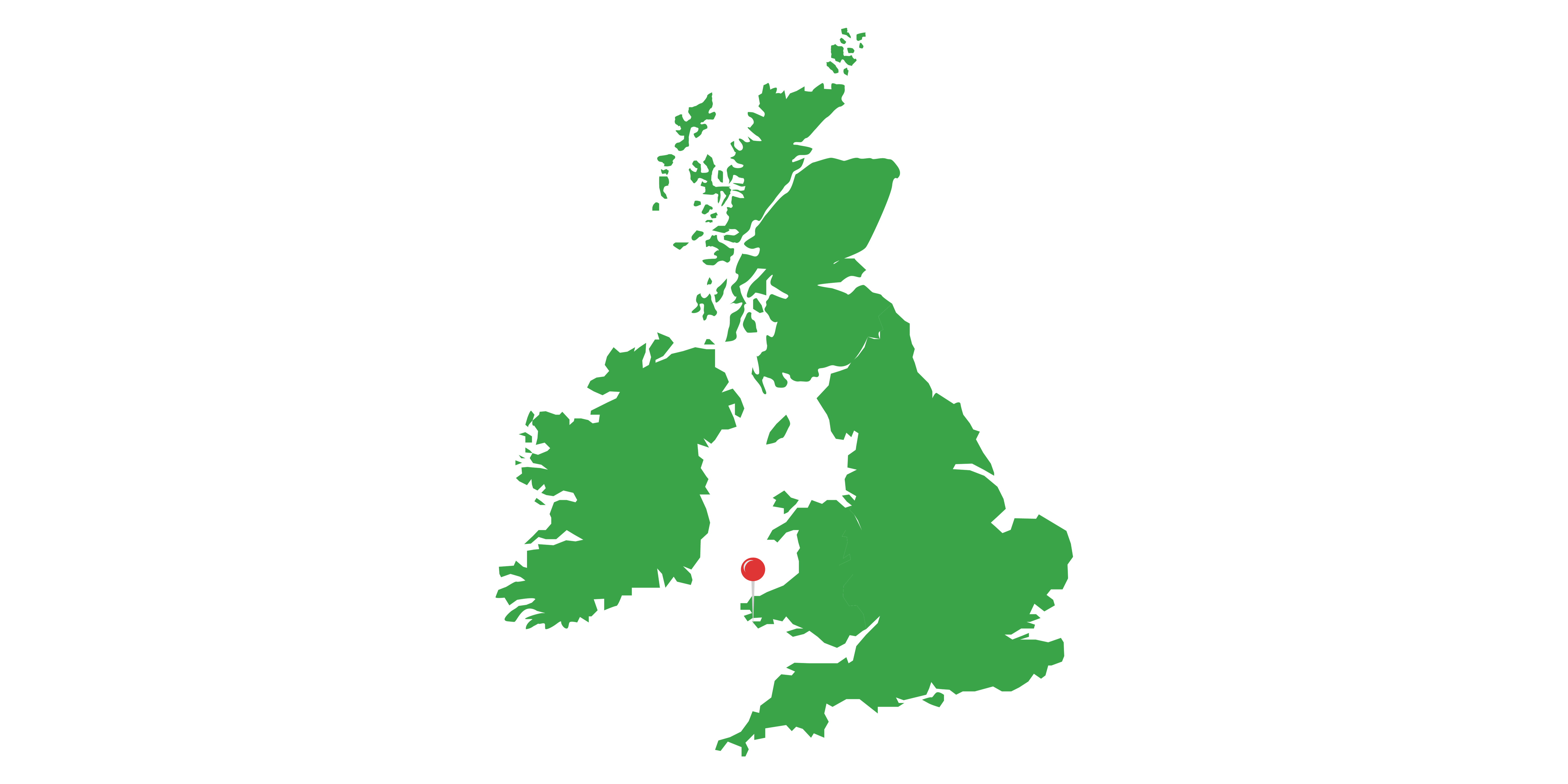
PARTNERS
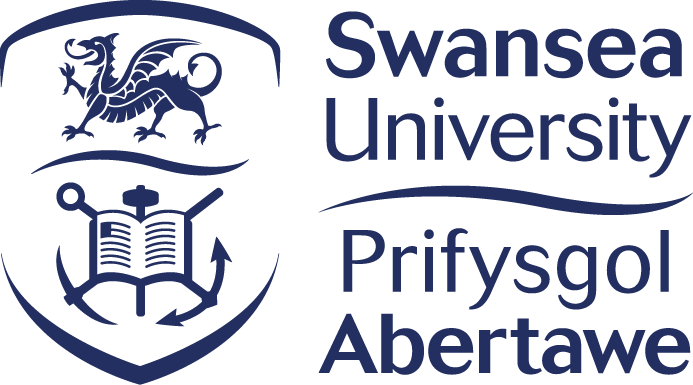
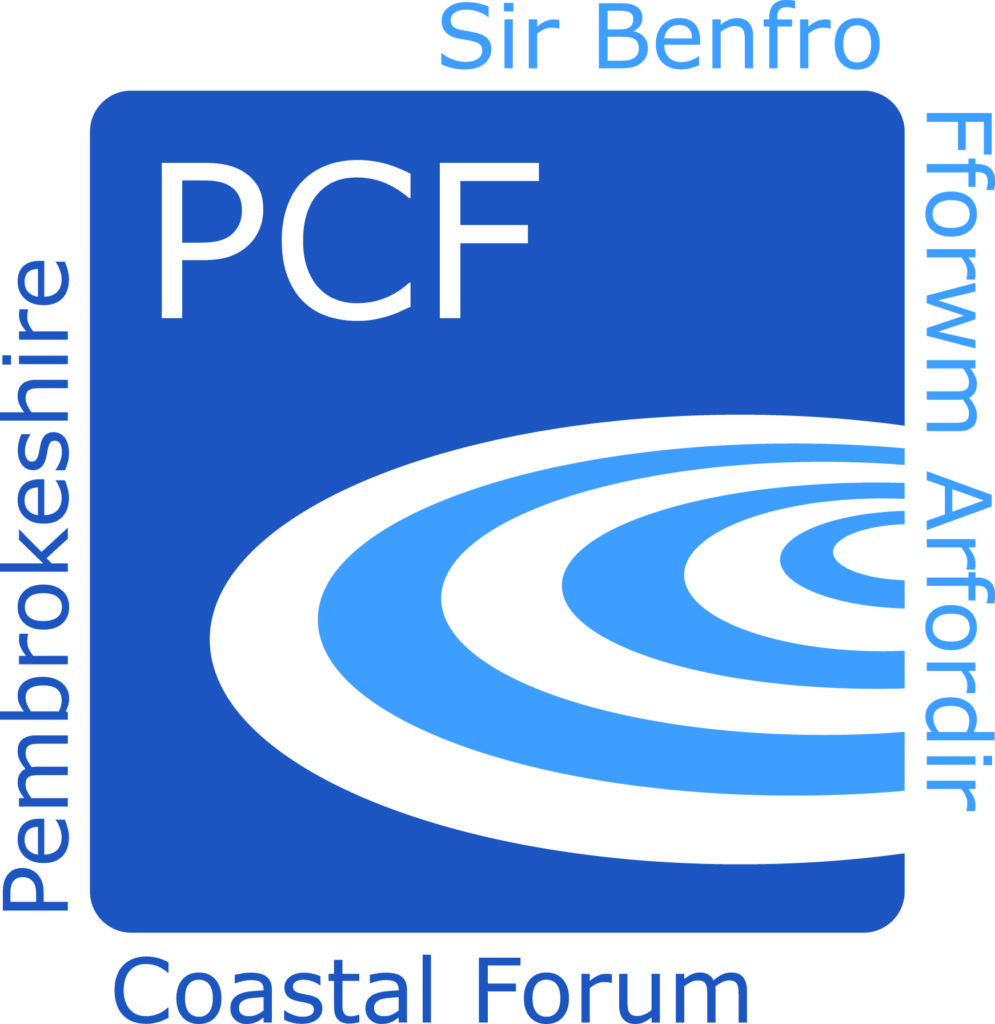
FUNDERS

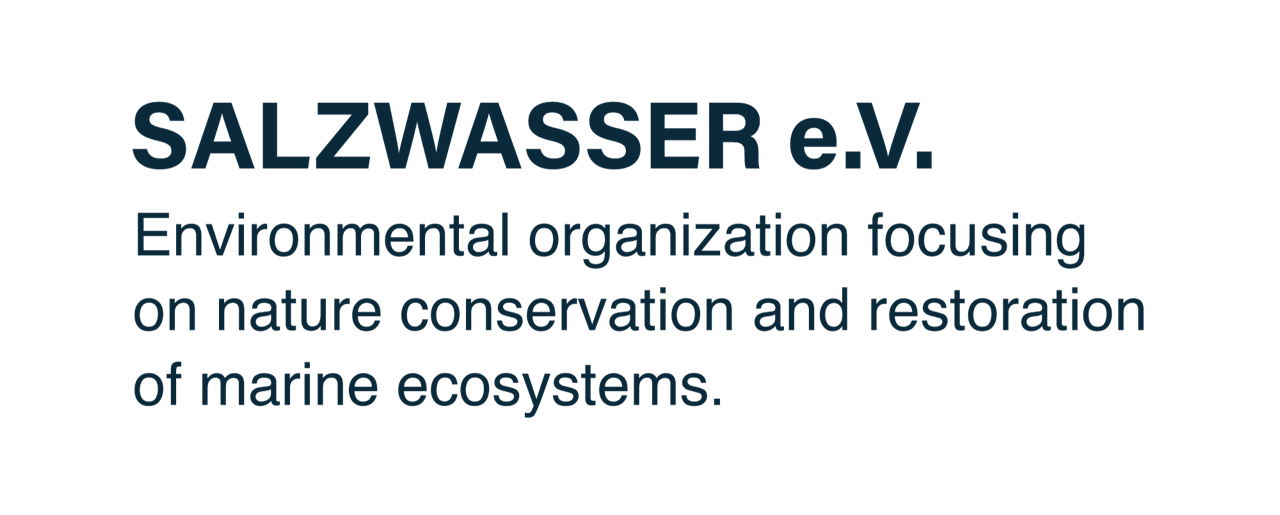
This project was the UKs first major restoration project, collecting, processing and planting over 1 million seagrass seeds across a 2 hectare site. Dale Bay in Pembrokeshire was the proposed site of this pilot and was built on many years of experimentation into seagrass planting methods and site assessments.
Monitoring of the restoration site shows a selection of healthy mature plants and the beginnings of a seagrass meadow. A seagrass meadow takes a minimum of five years to establish. Regular monitoring is needed to assess how the seagrass plants change over years to establish a meadow as well as planting more seagrass seeds to help ‘top-up’ the existing seagrass.
The Dale Seagrass Stakeholder Group was established to help identify the experimental site, aid information sharing and raising awareness. Members include representatives from the local community, users and statutory organisations, and help to guide management of Dale seagrass
Though seagrass exists and grows between boat moorings, it thrives when not disturbed by anchors or mooring scars. Thus, together with the support of Dale Yacht Club, three visitor mooring buoys have been installed in Dale Bay, as an alternative safe mooring for boat users away from the planted seagrass area. These visitor mooring buoys are available for visiting boat users, and suitable for use by vessels of up to a maximum length of 40 feet and a maximum weight of 10 tonnes.
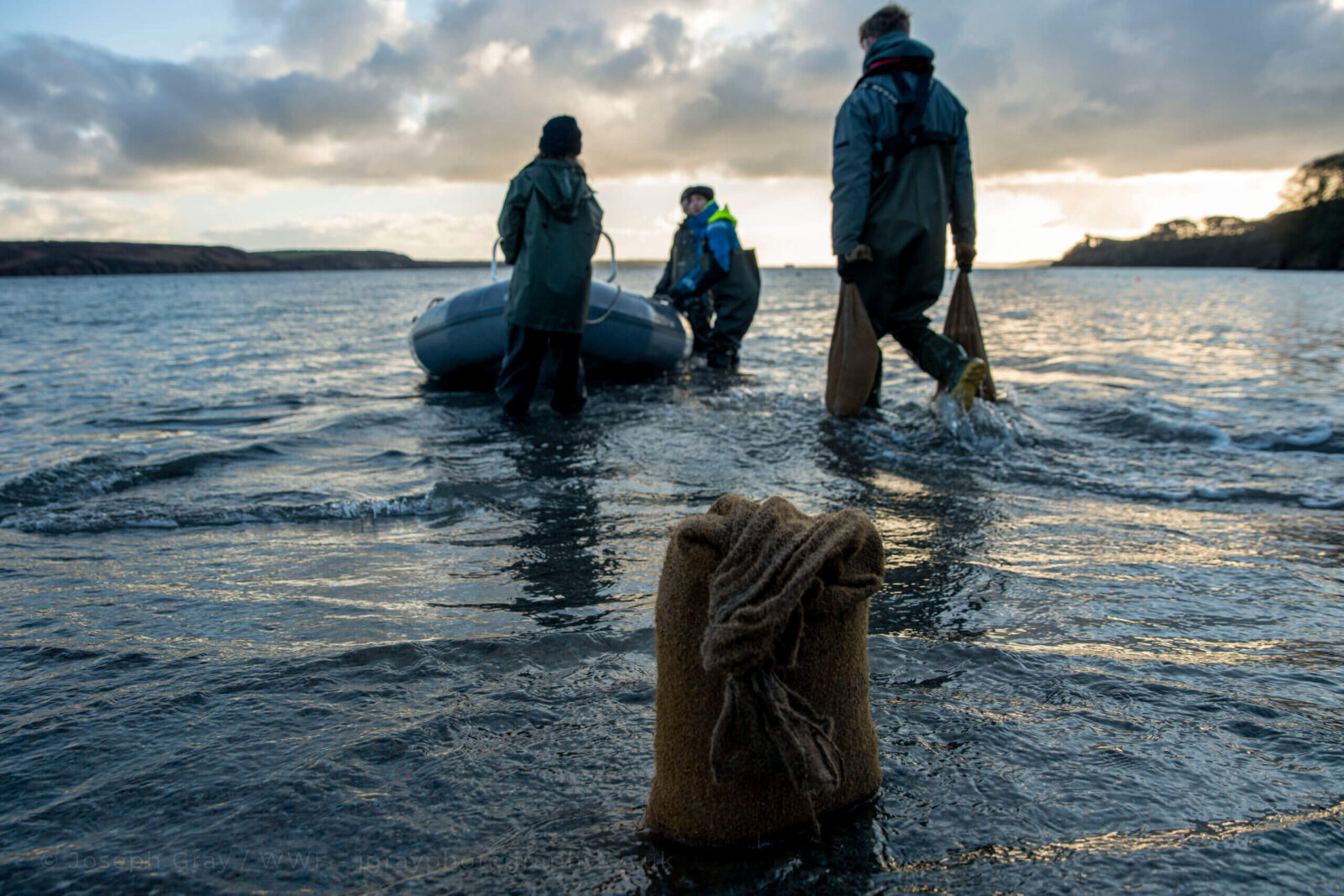
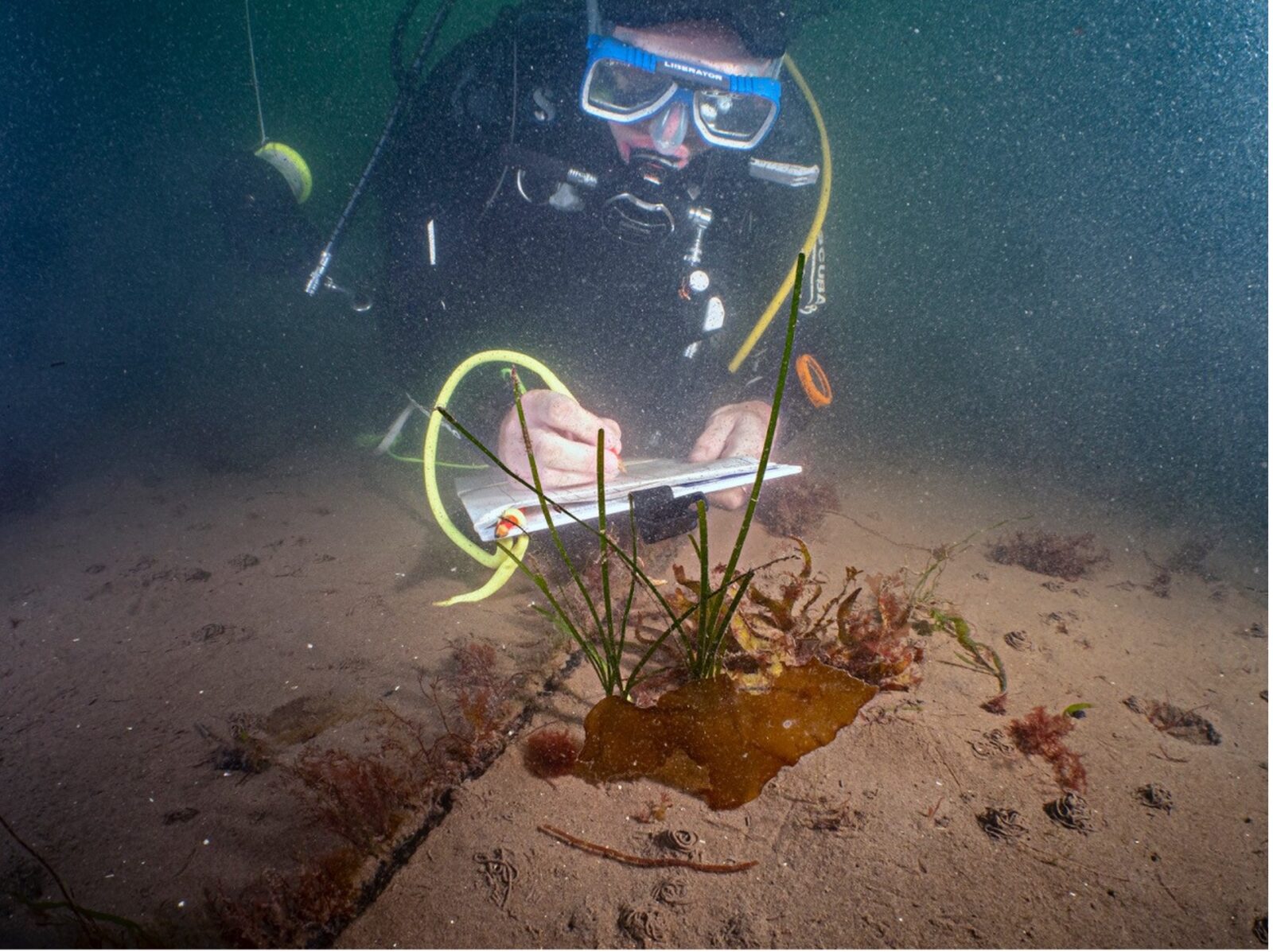
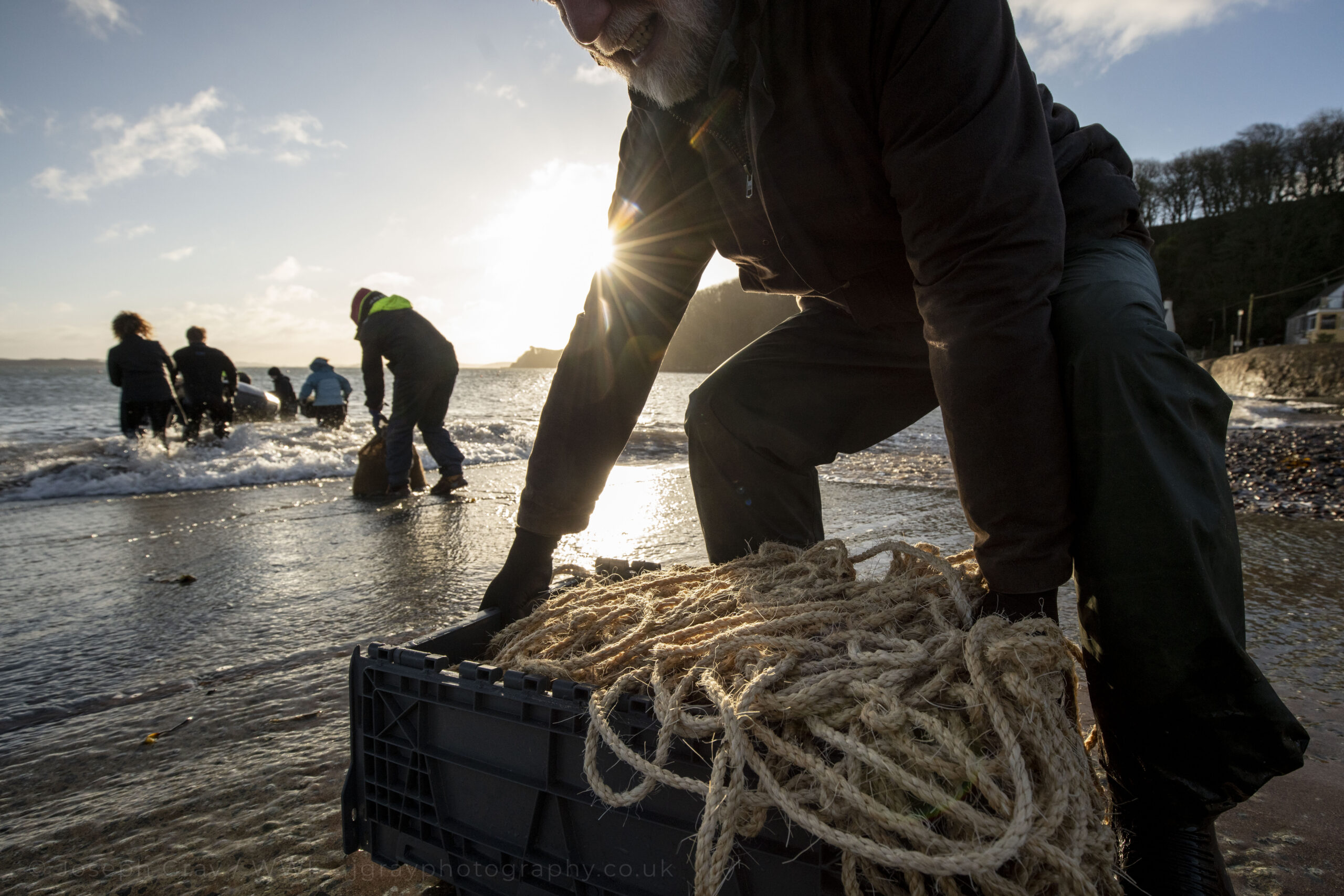
We have been carrying out mechanisation trials in Dale to identify the best methods to scale up seagrass restoration. These trials including using planting machines to plant hessian bags with seagrass, and even underwater robots! We are also partnering with local organisations to run educational seagrass and paddleboard sessions. Many people of all ages, including youth groups and the local school, have taken part over the summer.
We will continue to monitor the planted seagrass from the pilot study as well as the seagrass planted during the mechanisation trials. This allows us to assess the seagrass health and identify gaps. We can then reseed any gaps and help boost the new meadow.
GET INVOLVED
Local volunteers are encouraged to get in touch via volunteers@projectseagrass.org. Make sure to upload any sightings of seagrass to SeagrassSpotter to help contribute to seagrass conservation.

